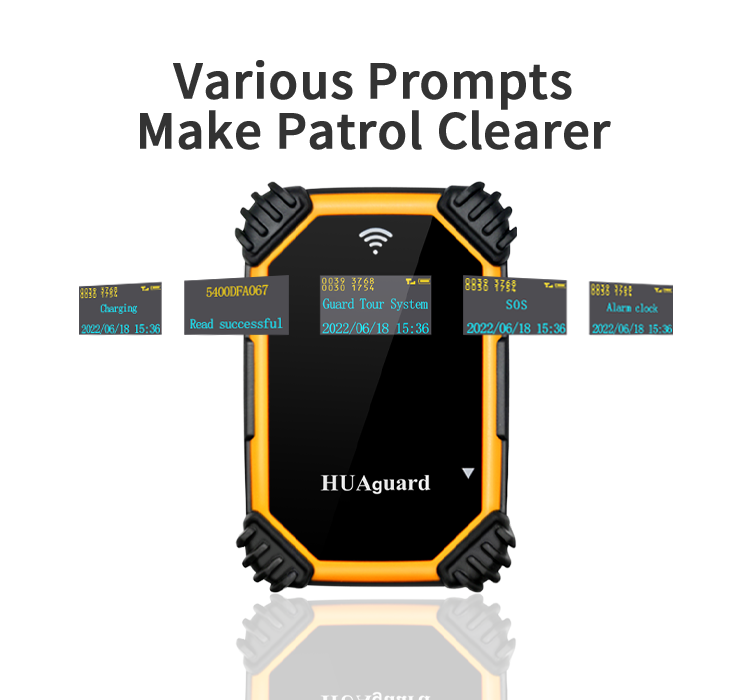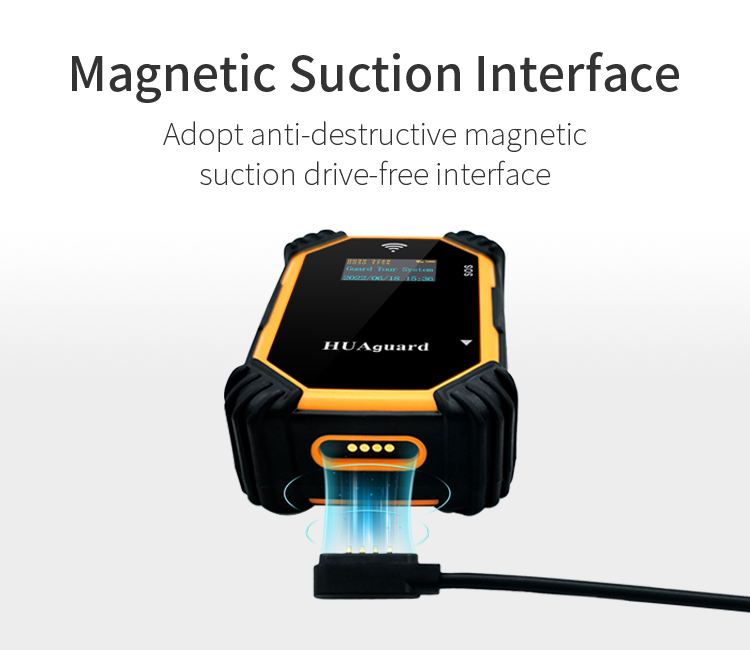

Many security patrol systems fail due to poor communication between officers, dispatchers, and management. Radio coverage gaps, aging equipment, and unclear protocols can all lead to teams being isolated and helpless in emergencies. Security directors at a hospital reported that 35% of their incident response delays were related to communication.
Solution: Deploy a redundant communications system that combines digital intercoms, mobile apps, and IoT panic buttons. A retail chain implemented a hybrid system that uses LTE-enabled devices with offline messaging capabilities, reducing communications failures by 82%. Regular communication drills and standardized reporting protocols further improve reliability.
From dead patrol car batteries to malfunctioning surveillance cameras, equipment failures often hinder the effectiveness of security patrols. A survey of security managers found that 58% had experienced equipment-related security breaches in the past year, often at critical moments.
Solution: Establish a proactive maintenance program that includes: daily pre-shift equipment inspections, quarterly professional inspections, and a prompt replacement protocol for aging equipment. A manufacturing plant reduced equipment failures by 75% after implementing an automated maintenance tracking system that schedules service based on usage metrics rather than arbitrary schedules.

Despite technological advances, human factors remain the leading cause of security patrol system failures. Fatigue, inadequate training, and complacency lead to missed observations and procedural errors. Security consultants estimate that human error accounts for 60-70% of patrol system failures. Solution: Counter human error through: micro-training sessions (daily 10-15 minute briefings), gamified performance tracking.
One casino security team reduced human errors by 55% by introducing short training modules on common errors and providing real-time performance feedback through the patrol app.
Data blind spots in security patrol system reporting:
Many organizations fail to fully utilize the data generated by their security patrol systems, operating without actionable insights. Paper logs are lost, digital reports are not analyzed, and patterns are missed. This data paralysis causes vulnerabilities to go unaddressed until after an incident occurs.
Stand-alone patrol systems often fail to communicate with access control, surveillance cameras, and alarm systems, creating dangerous blind spots. Security experts estimate that integrated systems can improve response efficiency by up to 300%.
Solution: Choose an open-architecture patrol system with API capabilities. One enterprise campus achieved seamless integration by connecting its patrol software with the following systems: a license plate recognition system, smart sensors, visitor management platform, which automatically sends alerts when patrol officers need to investigate suspicious activities detected by other systems.

The most effective security patrol systems can predict and mitigate these common failures through smart technology, rigorous training, and continuous improvement. By addressing issues such as insufficient coverage, communication failures, equipment problems, human factors, data utilization, integration challenges, and complacency, organizations can build a strong protection system. Remember that security is dynamic - a patrol system that works today may have vulnerabilities tomorrow. Regular audits, technology updates, and human involvement are essential to maintaining security in the long term.